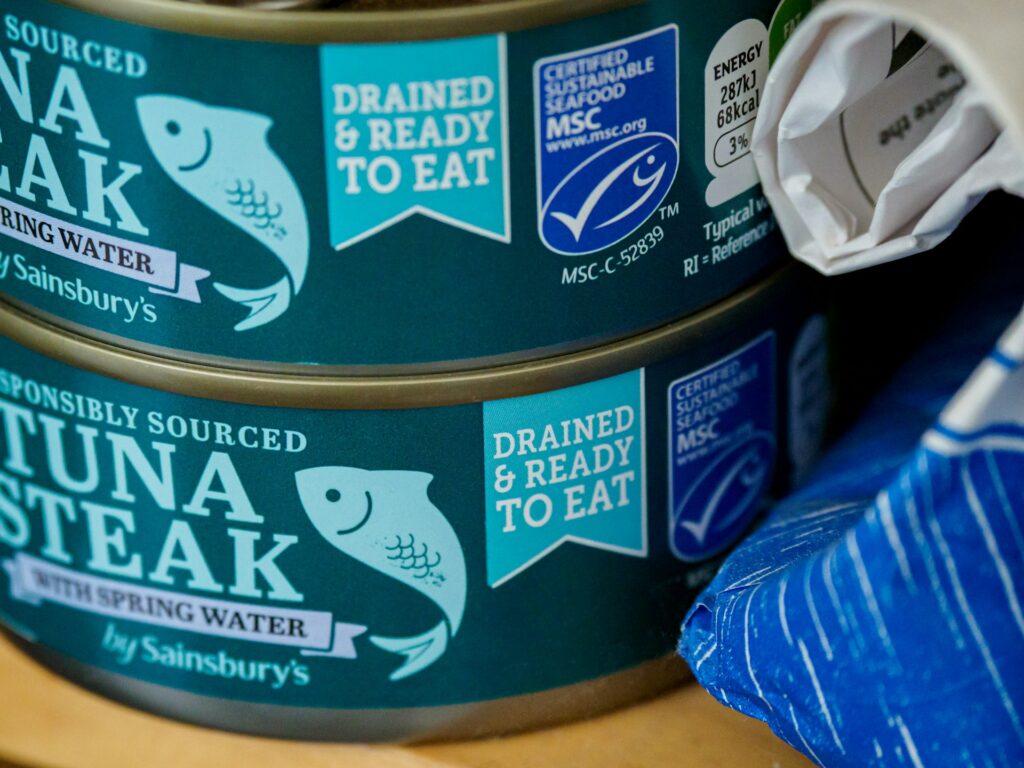Many businesses strive to present their food items as healthy as possible. When choosing the most nutritious food products on the shelves, the first step is understanding the meaning of the words printed on the packaging.
You should keep two types of labels in mind: certified and non-certified.
Certified labels on food products indicate that the product has undergone a strict verification process to validate the certification seal.
Non-certified food labels do not have verified claims regarding food preparation and may contain unverified claims.
These four certified labels are my guide to ensure that the food I am eating is as natural as possible and that the animals are treated humanely:
- Grass-fed – Implies animals spend their lives on pasture and are not treated with hormones or antibiotics or fed unnatural grain.
- Organic – For animal products to be labeled organic, the animals must not be given antibiotics, hormones, or GMO grasses.
- GMO-Free/Non-GMO/Non-GMO Project Certified – These products are made without genetically modified organisms (GMOs).
- Naturally Grown – This label is for locally sold food from small farms that follow USDA’s organic methods.
These non-certified labels often need clarification with certified labels on food animal products. Understanding the claims behind different foods can help you choose the best option.
- Free-Range or Free-Roaming – Birds raised in this manner are allowed outside for at least five minutes per day to engage in natural behaviors such as flapping their wings, as required by the USDA.
- Pasture-Fed/Pasture-Raised – Animals raised with humane treatment have higher micronutrients. For beef, labels must also read “organic” and “grass-fed” to ensure the animals were not fed GMO grains, grasses, corn, or soy.
- Cage-Free – Hens are not kept in cages and can roam freely inside barns or warehouses. However, they may not have access to the outdoors.
- Farmed Seafood or Fish Farming – Commercial fish are raised in tanks, not caught in the wild.
- Wild-Caught Seafood – Seafood caught by fisheries in their natural habitats.
- No Additives – Adding natural or artificial ingredients hasn’t enhanced a product or packaging.
Takeaway: Everyone has perspectives and beliefs about their food and how it reaches their plates. For me, it is important to balance my food’s ingredients and how it’s cooked daily.
We all have different tastes and preferences regarding food and how it is prepared. By reading and understanding food labels, we can make more informed choices about the products we buy and how they align with our ethical values.
